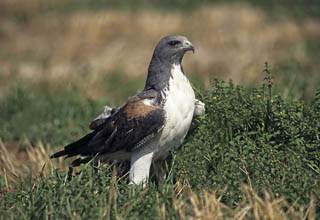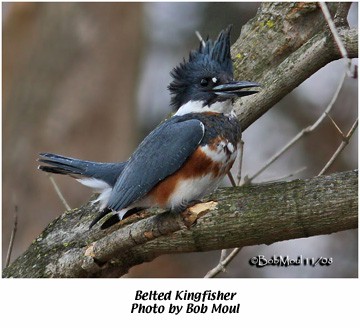Barred Owl
by Alexandra Forsythe
As a raptor rehabber, I’ve been privileged to work with some of the most amazing birds, including Barred Owls. As one of Indiana’s larger owls, the Barred Owl sits near the top of the food chain (beneath the Great Horned Owl). However, they do not have the same menacing attitude of their larger cousins. Yes, they do use their talons to their full advantage, but they also have a warmth and friendliness about them. Just look into those eyes!
Barred Owls are usually easier to find by ear than by eye. Listen for their distinctive call: “Who cooks for you? Who cooks for you all?” If you want to see a Barred Owl up close, just speak to the owl whisperer himself: Brad Bumgardner. During our Birdathons for the Indiana Dunes, Brad was always able to call in “Wilson”, the resident Barred Owl of the Dunes who would fly in whenever Brad called his name. You can often spot them around dusk flying low over the wetlands of the Limberlost Swamp in Geneva, Indiana.
While most owls prefer to eat mammals and like to stay dry, Barred Owls have a fondness for fish, frogs and crayfish, and are willing to wade in water to catch their prey. They will eat mammals, but the Barred Owls with which I have dealt have always preferred surf over turf.
Barred owls do not suffer from wanderlust; they instead choose to stay close to home all year. They have, however, slowly expanded their range and have been displacing and hybridizing with Spotted Owls in the Pacific Northwest. Since Spotted Owls are threatened with extinction, a controversial plan was put in place that includes killing Barred Owls living in the Spotted Owl’s range. The argument for the plan is that it is better to kill Barred Owls directly rather than kill Spotted Owls indirectly. You can read about the plan and the arguments here: http://www.newsweek.com/











